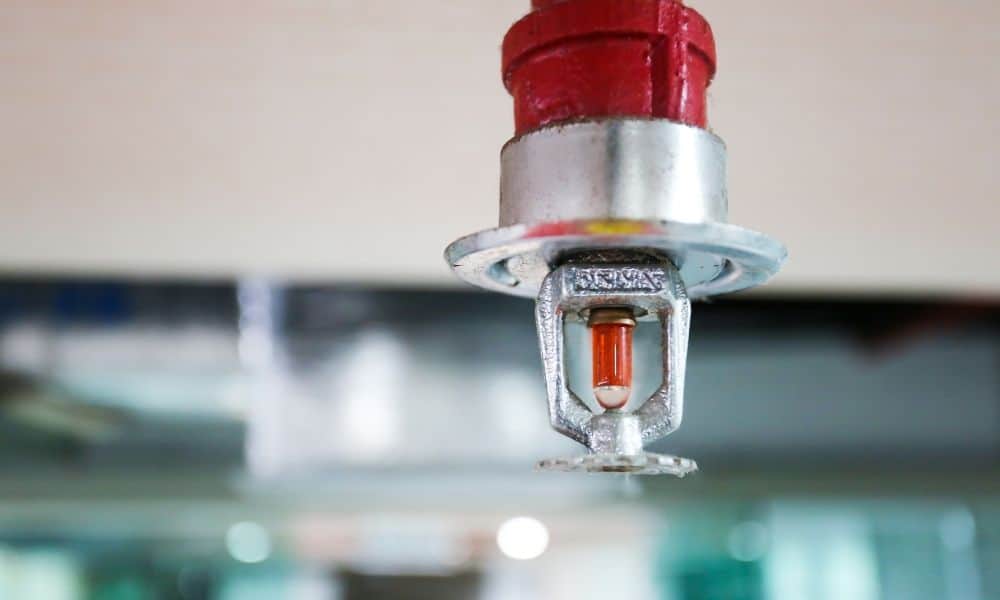Sprinkler systems are one of the most important parts behind the scenes in medical buildings. Managing these systems seems complicated at first. However, once you learn what you need to know for maintaining fire sprinkler systems, it will come more easily.
The Earliest Sprinkler Systems
Sprinkler systems were first prototyped in the 15th century by Leonardo da Vinci. During a huge banquet he was working at, he set up a makeshift sprinkler system that got put into action. Fortunately, his invention worked. The bad news is it flooded a little bit too much, ruining the food and the kitchen.
Throughout the 1700s and early 1800s, the sprinkler system was advanced further by an early model in the Theatre Royal, Drury Lane in the UK. By 1890, the device evolved again, leading to another patent that closely resembles today’s version.
How Do Sprinkler Systems Work?
Heat, not smoke, triggers fire sprinklers. Each sprinkler head has a glass bulb component filled with liquid. When the room gets hot, the liquid expands. This breaks the glass and triggers the release of water. There is more detail on how fire sprinkler systems work, but this is a solid overview.
Why Systems Need Maintenance
Even though sprinklers don’t experience wear and tear in the traditional sense, they still need proper upkeep. Systems may appear to be in working order. Still, they need regular care like applying lubrication, getting cleanings, tightening loose bolts, and clearing lines to help extend their life and reaffirm their reliability.
Fire sprinkler systems are a heavily regulated field that medical building managers must follow. However, the only people allowed to work on them must follow proper NFPA25 Standards and local codes. It is still essential for building managers, executive directors, or anyone working in medical administration to know the basics of maintaining fire sprinkler systems.
What Kind of Maintenance Do Fire Systems Need?
Sprinkler systems have a regimented maintenance schedule that only fire service professionals can adequately inspect.
Weekly
- Check for proper air and water pressure on dry, pre-action, and deluge systems gauges.
- Confirm that control valves aren’t leaking or locked.
Monthly
- Examine wet pipe systems gauges.
- Confirm that the water pressure is appropriate.
- Check alarm valves for any physical issues.
Annually
- Examine all pipes and fittings.
Every Five Years
- Thoroughly inspect the entire system.
Healthcare managers must keep comprehension reports for at least a year and show these when requested. However, maintaining fire sprinkler systems should feel like a breeze with all the other regulations that the medical industry must comply with.







